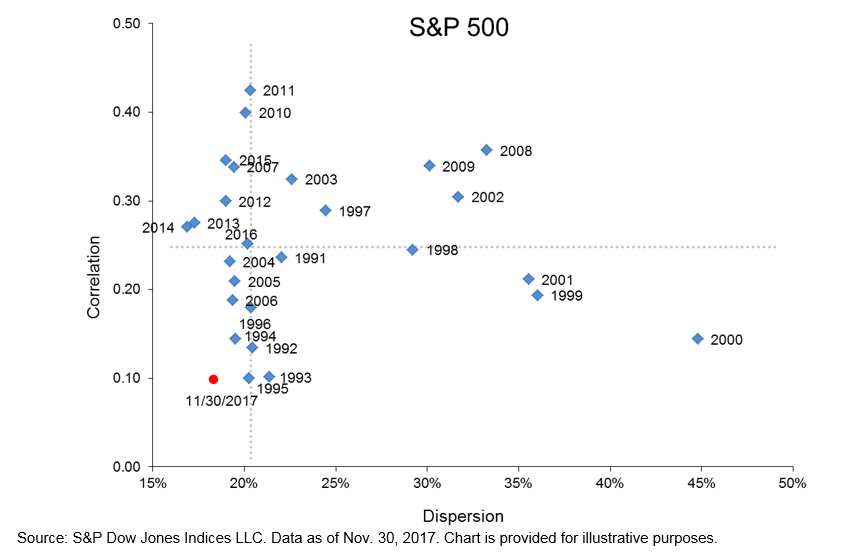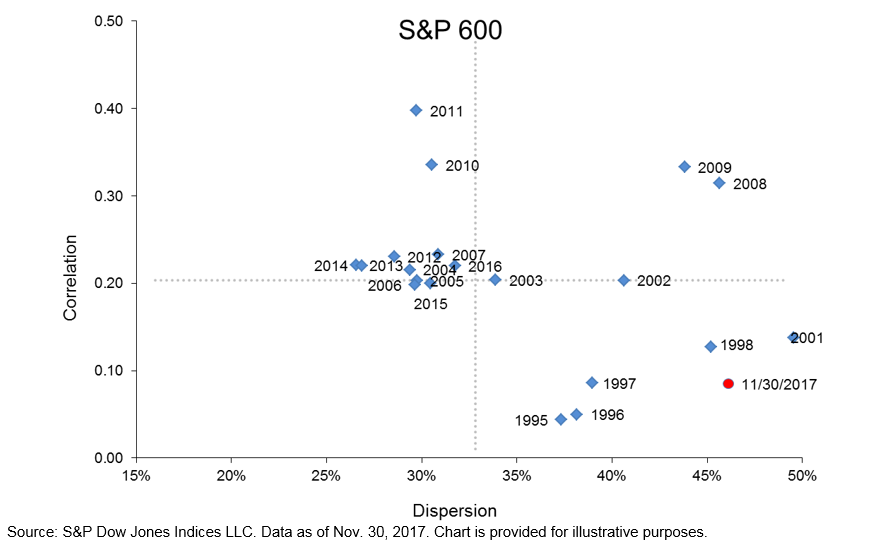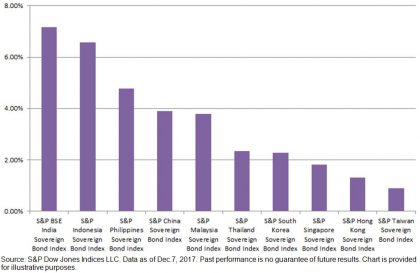The discussions on the merits of carbon awareness investing are evolving and are highlighting a shift from the current data-driven carbon emission framework to a desire to move to a more sophisticated and analysis-driven carbon risk paradigm. Prior discussions would typically cover the scientific arguments regarding climate change and whether existing scientific evidence supported investor action for carbon awareness investing.
Climate change knowledge, policy, and action have now progressed to the point that whether or not one agrees with the concept of climate risk, market participants are accepting the fact that carbon may contain financial risk. The integration of carbon risk can take on a number of approaches, ranging from exclusions based on industry classification to a more complex and holistic approach of aligning investments with the 2 degree alignment pathway. Many market participants are realizing that they must think about incorporating some form of carbon risk integration and to not do so may be deemed negligent from a risk management standpoint.
Carbon Awareness Investing Approaches
For current options on carbon awareness investing, the approaches revolve around the following (there may be cross-over approaches with the stated methods, therefore they are not mutually exclusive).
- Exclusionary screening. This method is the oldest and the most simplistic method of low-carbon investing and entails either screening out fossil fuels and/or using normalized carbon emissions data to exclude the highest carbon emission offenders whether on an absolute basis or using a sector-neutral method.
- Tilting. Weighting portfolios to overweight lower normalized carbon-emission stocks with or without a fossil fuels exclusion.
- Thematic investing. Investing in a specific theme such as renewable and clean energy companies, clean infrastructure, and energy efficiency and technology.
Fossil Fuel Free Classifications
In terms of classifications for fossil fuel free investing, the most basic approach entails excluding companies that directly own and develop fossil fuel reserves. In Exhibit 1, the base case highlights the eight GICS sub-industry groups that are excluded ranging from all the sub-industries in the GICS energy sector in addition to the diversified metals and mining sub-industry. The fossil fuel free exclusions account for 6.0% of the total market capitalization of the S&P 500® (as of June 30, 2017), with the integrated oil & gas (2.8%) and oil & gas exploration & production (1.4%) sub-industries having the highest weighting of those excluded.
For many market participants, this approach represents the bare minimum in excluding fossil fuels and they feel that companies that are large consumers of fossil fuels in addition to those companies that use fossil fuels as feedstock should also be excluded. The extension in the carbon chain exclusions would then cull out sub-industries such as airlines, air freight & logistics, trucking, railroads, chemicals, fertilizers, and gas & power utilities. The total market capitalization weighting affected by this extended approach would more than double the impact compared to the base case exclusion and total over 12.8% (as of June 30, 2017).
In the S&P Carbon Efficient Index Series, we utilize data from RobecoSAM and conduct a thorough analysis on fossil fuel companies, and our exclusions are more stringent than the base case scenario but slightly less punitive than the extended scenario whereby we do not exclude airlines, logistics, trucking, and fertilizer companies (see Exhibit 2).


Drawbacks to Current Carbon Aware Investing Approaches
There are a couple of drawbacks to the current carbon aware investing approaches. Depending upon what the primary objective is in constructing the portfolio, the criticisms that are commonly expressed by market participants are:
- The blunt application of fossil fuel free exclusions such as those targeting integrated oil excludes the same companies that are making some of the largest investments in renewable energy projects.
- Screening by carbon footprint data is backward-looking and too simplistic.
- Both fossil fuel exclusions and carbon footprinting do not take into account a company’s carbon risk strategy and mitigation plans, and therefore do not select the companies that are best prepared for the 2 degree transition pathway.
In my next blog, we will examine the Financial Stability Board’s Taskforce on Climate-related Financial Disclosure and how this is setting up the landscape for the shift from the current data-driven carbon emission focused investing to a more sophisticated and impact-driven carbon risk paradigm of energy transition investing.
The posts on this blog are opinions, not advice. Please read our Disclaimers.














